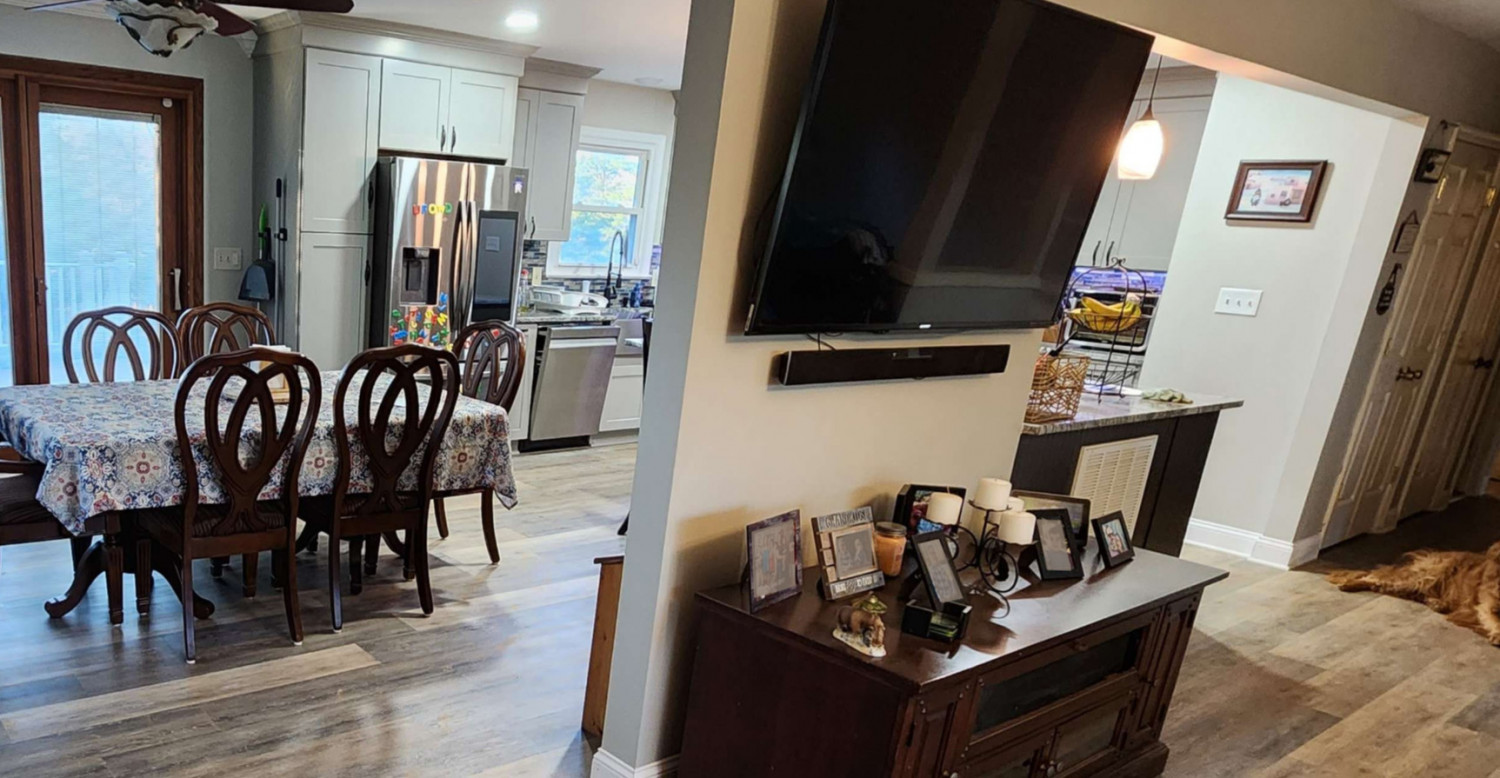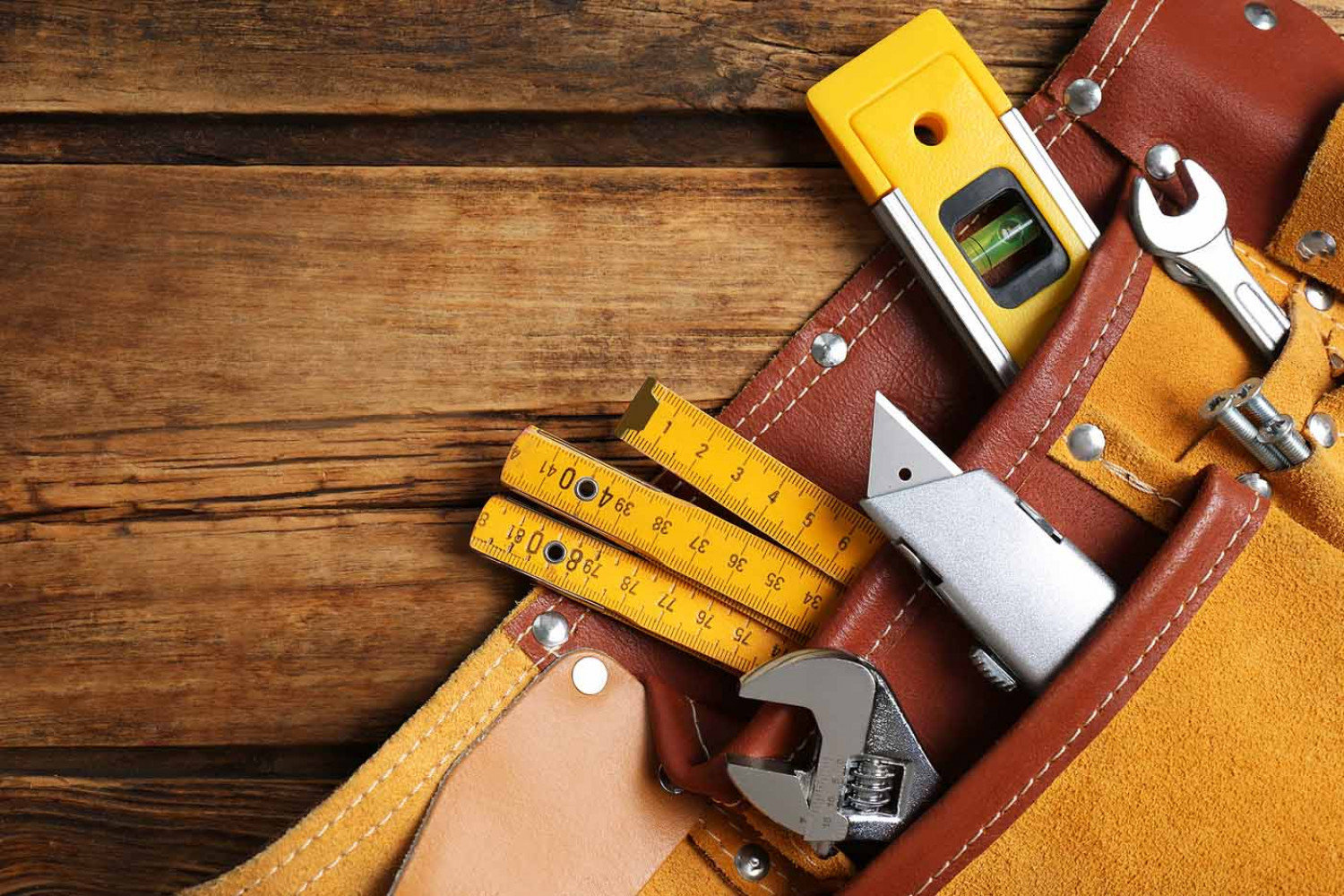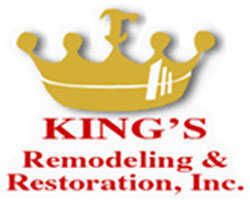

Contact Us
Remodeling
Hire us to turn your home into your dream property.
Restoration
Trust us to fix home damage caused by fire, flood, or wind.
Insurance Claim Specialists
Let us help you file a claim when your home is damaged.
24/7 Emergency Services
Get quick and convenient fire or mold restoration services.

Want Experienced Contractors to Restore Your Home?
We've been helping our neighbors since 2008
Contact Us
See the difference we can make with our convenient home restoration services.
